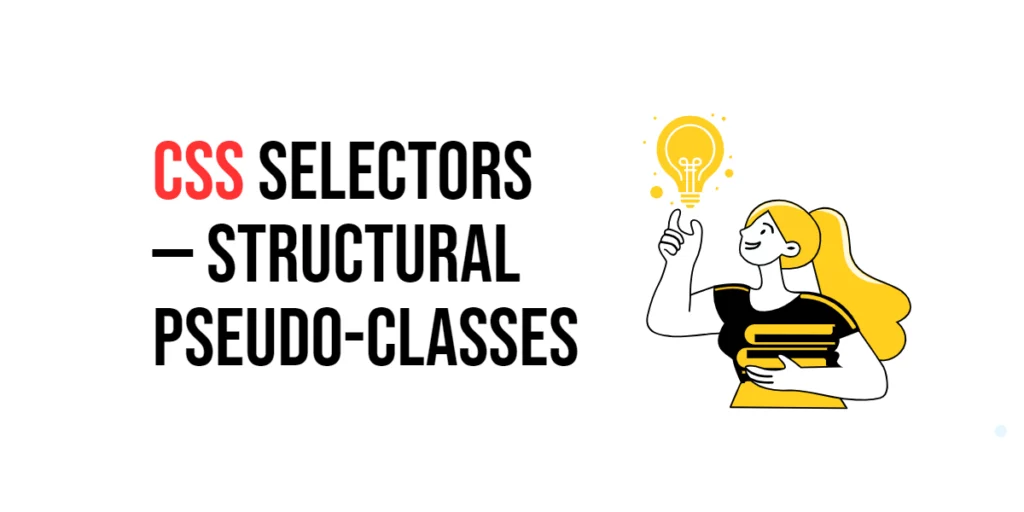CSS Selectors: :only-of-type Selector
Imagine you’re in a large library where there’s only one book of a particular genre on a shelf. You want to give that book a special cover to make it stand out. In web design, the :only-of-type selector in CSS works similarly. It allows you to style an element that is the only one of […]
CSS Selectors: :only-of-type Selector Read More »









